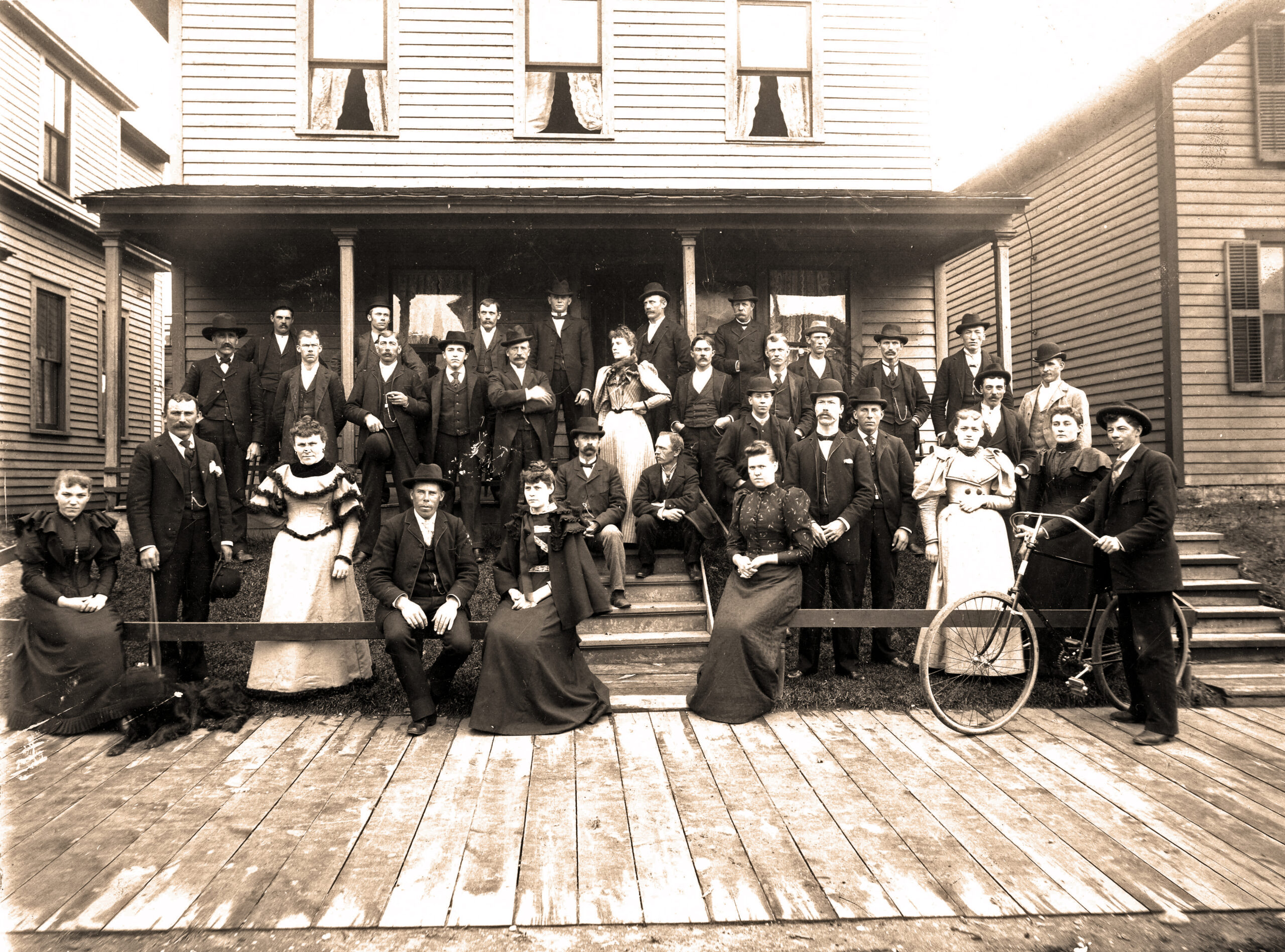Are you one of those people who has piles of documents, mounds of genealogy research, and boxes of photographs? Do you want to pull all that data together and write a family history that you can share with others and preserve for future generations? If you are serious about writing a family history, here are some tips that could help you get started on this large but very important undertaking.
Make goals both big and small. Projects like writing a family history can be very daunting, especially if your family is large or sprawling. So I recommend developing two kinds of goals. The first is a big picture goal. Give yourself a date that you are striving for to get your project done, or a break it down further and give yourself a deadline to complete just a chunk of your project, like a family branch. Maybe this date coincides with a family reunion, an anniversary, a birthday or some other milestone or event. It could also just be a date that makes sense to you. Something like: “I want to write my family history and have it printed by the end of 2027.” It is not so soon that it stresses you out, but it does give a concrete goal so you have something to work toward.
The second type of goal that I recommend is the small, short-term objective. Break down the larger project into smaller, bite-sized pieces that you can accomplish in a fairly short amount of time. After all, larger projects are made up of lots of little pieces. Take those pieces one at a time, and then give yourself a date to have each one done by. You can break down the entire project at once, but you don’t have to. Making one short-term goal at a time is totally fine, as long as you follow that up with another short-term goal. Even having a goal as simple as “getting all of my family documents and photographs in one place” is great—just put a deadline on it, say a week or two away. Of course, if you know you have other commitments that will interfere with accomplishing a short-term goal, do recognize that. Be realistic as to how much time you will have to devote to the project. But give yourself deadlines to push yourself forward.
Write down the facts that you already know and those that you learn as you go. So many times, we read a record, like a census document, and then move right on to the next record. But if you take the time to record the information that you have learned, you’ll save time when you don’t have to go back to the same document over and over again. Develop a system for how to keep those notes. Maybe putting them on an electronic document works for you. Maybe you like writing everything down on index cards. Any system works fine. Just remember to include where the information comes from so you can reference it if you need to and you can cite the source in your family history. Once you have those notes, it will be easier to organize them into a flowing narrative.
More than the “begats.” A family tree will give you basic information — it will provide the names of ancestors, and it may even include some dates. But your family history will probably be more than that. Good family histories will be more narrative in style and will develop a picture of your ancestor’s life. A good family history is more than names, places and dates. As much as your research allows, it is a story of how each ancestor lived.
History doesn’t exist in a vacuum. Including historical context in your family history will help answer the question, “What was my ancestor’s life like?” If your ancestor lived in Oklahoma in the 1930s, for example, a family history narrative would not be complete without an understanding of the Dust Bowl and its effects. Large national events, migration patterns, and historical trends can be very important in developing an engaging narrative. As you put together a list of facts for each ancestor, ask yourself, “Okay, but what does that tell me? What picture is starting to emerge? How does this add to the story about how my ancestor lived?”
Seek help when you need it. There are so many resources out there for you to access if you run into a problem. Take advantage of libraries and archives in the area. In many communitities, there are usually genealogy societies and sometimes even local history societies too. There are also professionals who can help if you have the desire to get even more assistance. They can help in big and small ways, and can fill in the gaps when you don’t have the time to do so. Take advantage of the many different ways resources can help.
Make it a priority. However you do it, whatever goals you develop, if you are serious about writing your family history, you need to make it a priority. It will not get done without a serious commitment.
An enduring gift. As you are working hard on preserving your family’s life history, remember that all the work you do is a gift to your current family as well as to all your future descendants. There are all sorts of studies that point to how important it is to know your family history and how it improves your health and well-being. You are building that oh-so-important link between your current/future family and your ancestors—what a wonderful legacy you are creating!




Leave a Reply